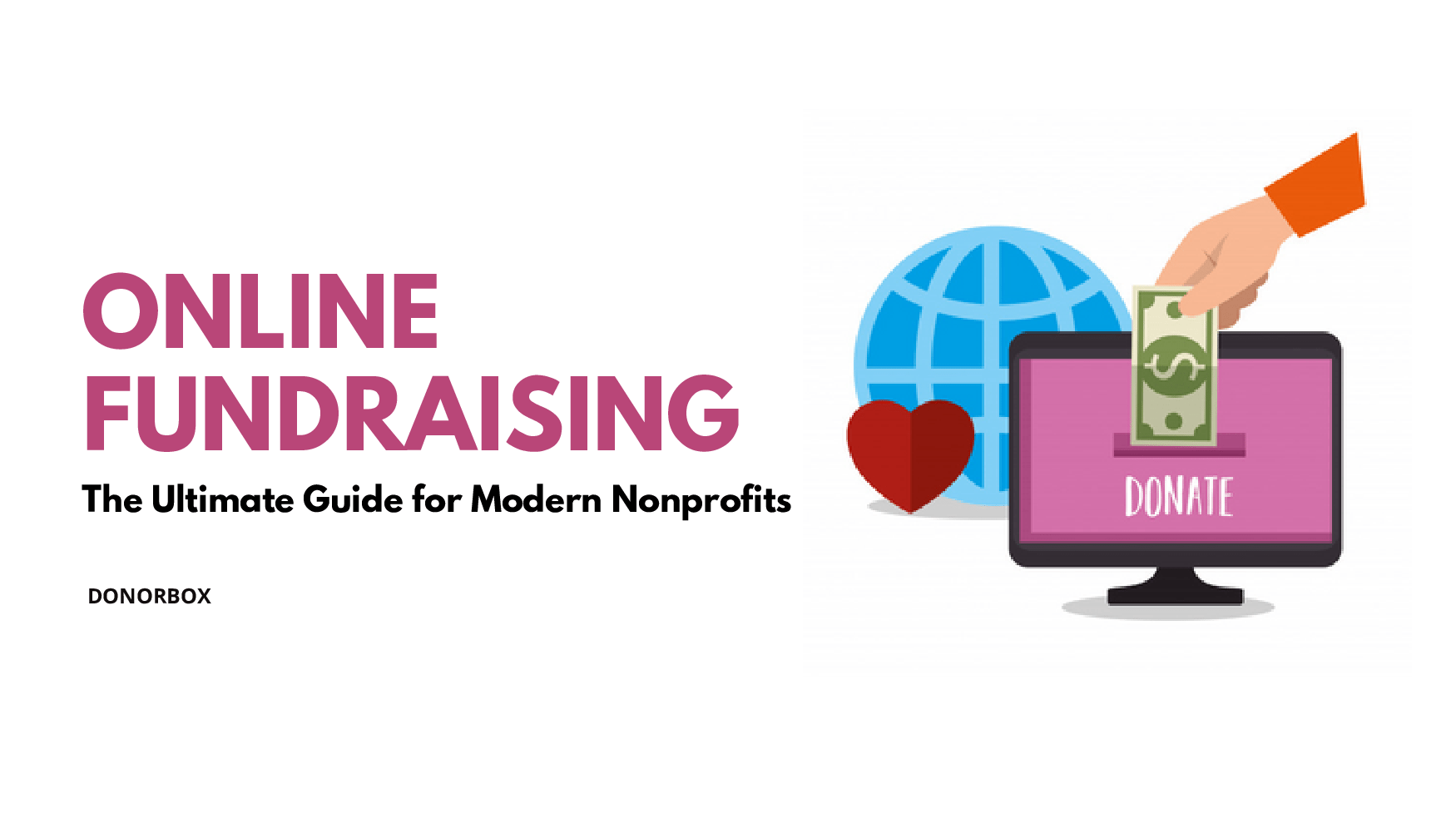Leading Nonprofit Fundraising Ideas: Cutting-edge Techniques to Increase More Funds
Leading Nonprofit Fundraising Ideas: Cutting-edge Techniques to Increase More Funds
Blog Article
The Duty of Community Involvement in Nonprofit Fundraising: Structure Lasting Relationships for Lasting Support
Community interaction is significantly acknowledged as an essential element of successful nonprofit fundraising. The methods and approaches employed to involve communities differ widely, raising crucial concerns regarding performance and effect.
Comprehending Neighborhood Interaction
Area interaction is an essential component of effective nonprofit fundraising initiatives. Nonprofits have to recognize crucial stakeholders-- such as neighborhood members, local organizations, and other organizations-- to develop efficient engagement methods.
Reliable community involvement is asserted on energetic listening and responsiveness to the demands and rate of interests of the community. This procedure involves soliciting feedback, comprehending community characteristics, and ensuring that the organization's mission lines up with neighborhood concerns. Engaging the community can take numerous forms, consisting of public meetings, volunteer opportunities, and collaboration efforts, each developed to urge involvement and financial investment in the company's objectives.
Additionally, area involvement need to be approached as a recurring dialogue instead of a single effort. By cultivating an inclusive atmosphere where community voices are listened to and valued, nonprofits can build a strong structure for future fundraising undertakings. Eventually, a deep understanding of area engagement equips companies to develop authentic links that boost their overall effectiveness and sustainability.
Advantages of Solid Relationships
Solid relationships formed via community interaction return numerous benefits for nonprofit fundraising efforts. Primarily, these relationships foster count on and trustworthiness, important elements in motivating donors to add. When prospective fans see a nonprofit actively entailed in their area, they are most likely to think in its objective and effect.

Furthermore, these connections help with effective interaction. Nonprofits can take advantage of their links to share tales of impact, updates, and requires, making sure that fans continue to be informed and involved. This open line of interaction not just reinforces bonds but additionally motivates word-of-mouth promo, expanding the nonprofit's reach.
Finally, solid area connections can bring in brand-new partners and sponsors. Companies and individuals are more inclined to line up with companies that demonstrate purposeful neighborhood involvement, giving added sources and assistance that can considerably boost fundraising abilities. Thus, growing durable partnerships with community engagement is indispensable to a not-for-profit's long-term fundraising success.
Approaches for Efficient Interaction
Just how can nonprofits efficiently engage their areas to boost fundraising efforts? Establishing targeted techniques is important for promoting purposeful connections. Initially, leveraging social media platforms enables organizations to share their objective dynamically and interactively, reaching a broader target market. Normal updates, involving content, and calls-to-action can galvanize area passion and engagement.
2nd, organizing neighborhood events, such as workshops, volunteer possibilities, or fundraising drives, facilitates face-to-face communication, enabling nonprofits to showcase their influence and initiatives. These events not just increase funds yet likewise grow partnerships and permit neighborhood members to engage straight with the cause.
Third, executing individualized communication techniques can enhance involvement. Tailoring messages to certain contributor segments based on interests and previous payments cultivates a sense of belonging and financial investment in the organization's goal.
Finally, creating collaborations with local services and area leaders can intensify outreach efforts. Joint initiatives can improve presence and trustworthiness, demonstrating a cumulative dedication to the community's wellness. By integrating these methods, nonprofits can build enduring partnerships that boost fundraising efforts and drive lasting assistance.
Measuring Interaction Success
While involving the neighborhood is critical for successful nonprofit fundraising, determining the effectiveness of these involvement initiatives is similarly essential. Developing clear metrics allows companies to assess how well they are connecting with their target market and attaining their fundraising goals. Trick efficiency indications (KPIs) such as contributor retention rates, volunteer engagement levels, and engagement on social media systems give concrete information for examination.

Frequently evaluating these metrics enables organizations to pivot their strategies when necessary, guaranteeing that community interaction remains straightened with their total objective. Additionally, sharing these outcomes with stakeholders fosters openness and builds trust fund, motivating further neighborhood involvement. Ultimately, a durable measurement structure not only notifies future fundraising campaigns however also enhances the partnership between the not-for-profit and its advocates, laying the foundation for lasting success.
Study in Neighborhood Impact
Many case research studies additional resources show the profound effect that neighborhood engagement can have on not-for-profit fundraising success. One remarkable example is the "Something to chew on" campaign, where a regional food financial institution partnered with colleges and companies to host community suppers. These events not only elevated funds but also promoted a sense of belonging amongst individuals, dramatically increasing donor retention prices.
Another compelling instance is the "Green Spaces Task," which included local citizens in the revitalization of urban parks. This effort not only garnered financial assistance from neighborhood organizations yet likewise grew a volunteer base that added to continuous maintenance and programs. The feeling of ownership and pride among neighborhood members equated into sustained contributions.
In the realm of arts, the "Art for All" project successfully engaged neighborhood artists and patrons to create collective art setups, causing raised presence and contributions for a neighborhood arts not-for-profit.
These examples highlight that when nonprofits focus on neighborhood involvement, they can create long lasting relationships that enhance fundraising initiatives, ensuring lasting assistance and promoting a vibrant community society. Such instances demonstrate that community engagement a knockout post is not merely a strategy but a vital column of not-for-profit success.
Conclusion
To conclude, area interaction is essential to the success of nonprofit fundraising efforts. By cultivating strong relationships with neighborhood stakeholders, organizations boost trust fund and reliability, resulting in enhanced benefactor retention and commitment. Executing reliable involvement approaches and determining their effect ensures that nonprofits can flourish and adjust. Eventually, a robust foundation of neighborhood support not only magnifies fundraising possible but also cultivates a culture of collaboration, important for accomplishing lasting browse around this web-site business objectives and maintaining meaningful effect.
Nonprofits have to identify essential stakeholders-- such as neighborhood participants, local organizations, and various other organizations-- to create efficient interaction techniques.

In conclusion, area interaction is integral to the success of nonprofit fundraising initiatives.
Report this page